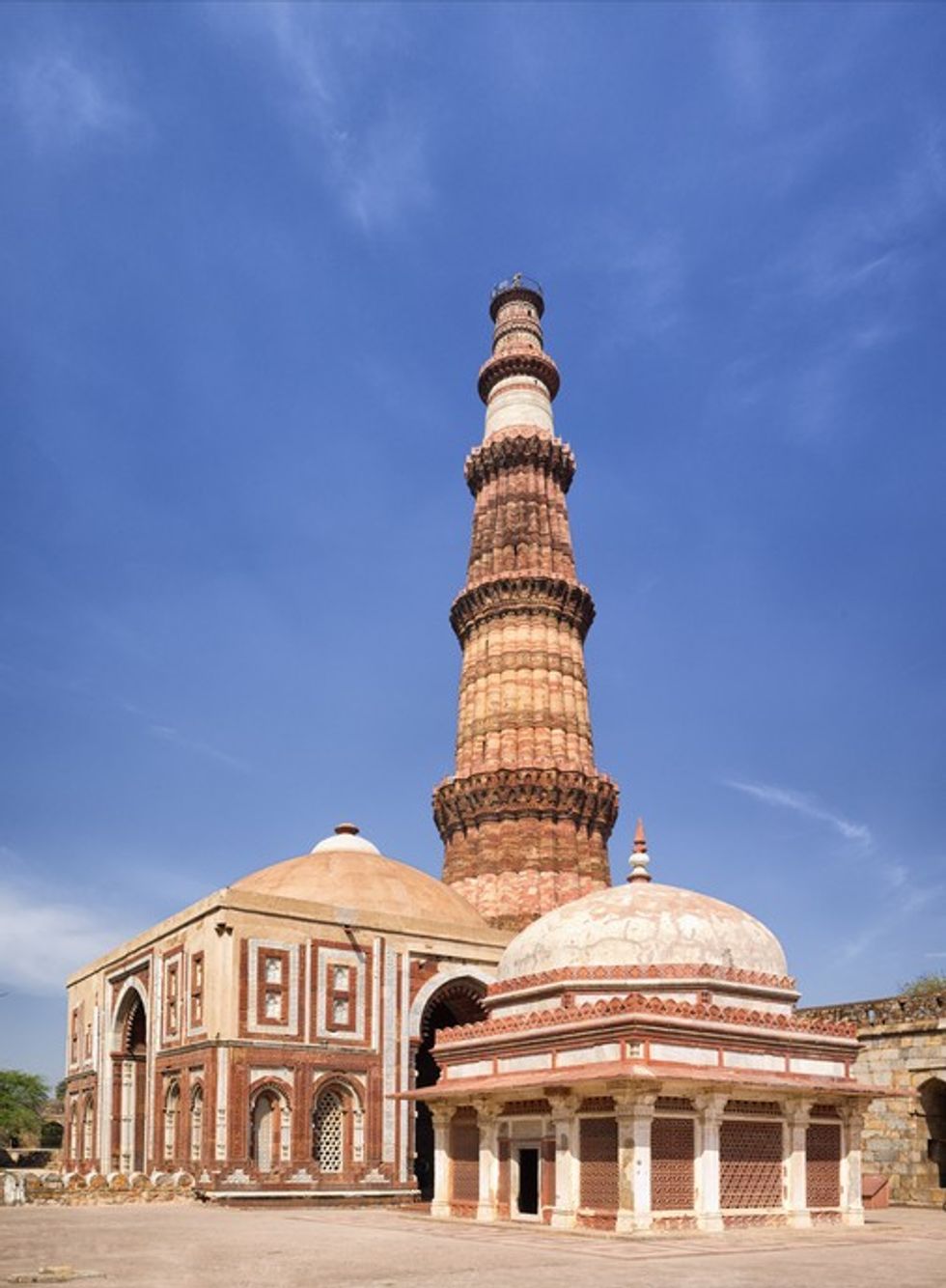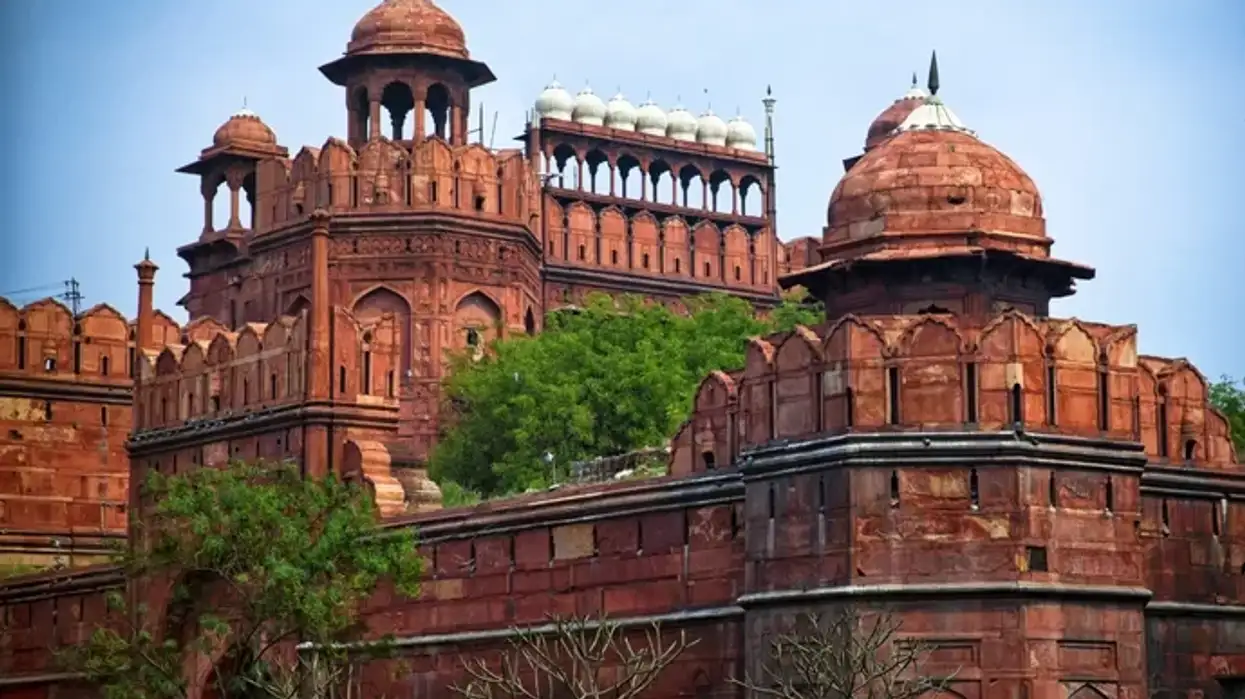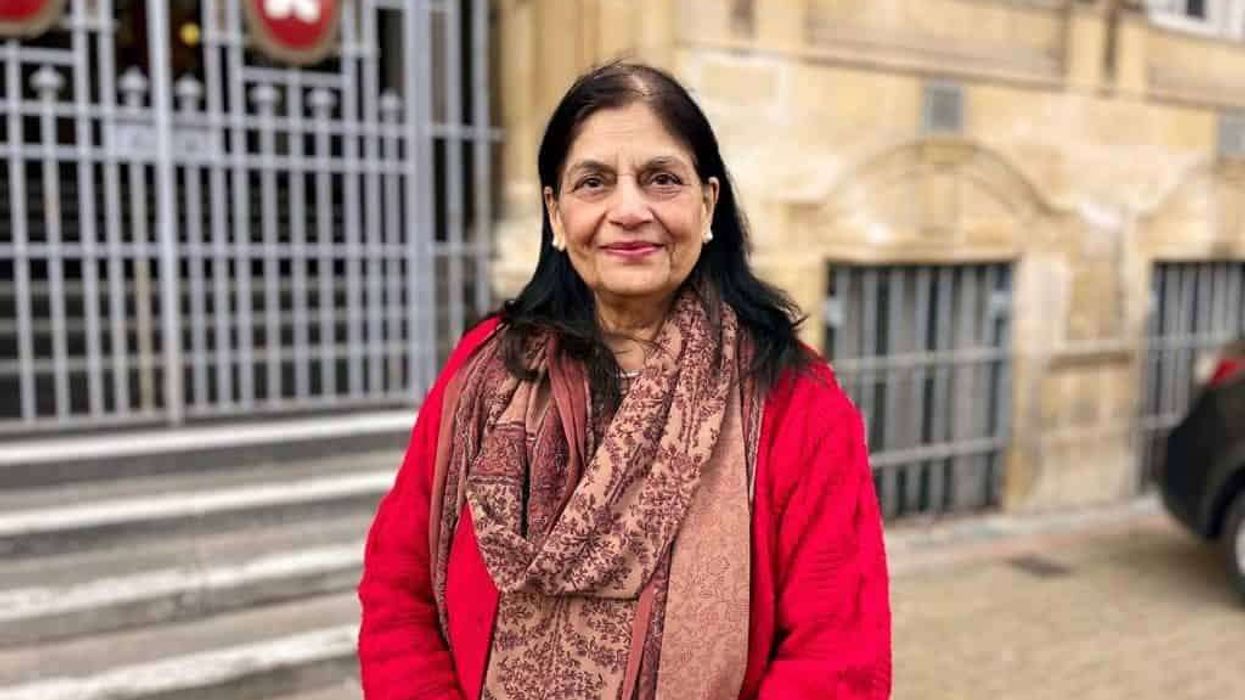The Red Fort, Qutub Minar, and Humayun's Tomb were the most popular historical sites among domestic tourists visiting India, according to a recent Delhi Economic Survey.
These three historical landmarks in Delhi attracted the highest number of domestic visitors (Indians) as of February 2023. Red Fort received the most visitors (22.01 lakh), followed by Qutub Minar (15.24 lakh) and Humayun's Tomb (10.81 lakh).
Delhi ranked fourth among Indian states and territories in attracting foreign tourists with 8.20 lakh visitors in 2022. The top entry points for foreign tourists arriving in Delhi were Delhi Airport, followed by Mumbai Airport, Haridaspur border crossing, and Chennai Airport.
The survey also highlights the impact of the Covid-19 pandemic on tourism. While domestic tourist arrivals had been steadily increasing from 2012 to 2019, they witnessed a significant drop in 2021. The domestic visitor numbers reaching 3.65 crore in 2019, up from 1.85 crore in 2012.
The latest Delhi Economic Survey reveals a thriving tourism sector in the city.

Delhi's iconic monuments, the Red Fort, Qutub Minar, and Humayun's Tomb, were the most visited destinations, attracting millions of visitors until February 2023.
The Red Fort, also known as Lal Qila, is a historic fort in the Old Delhi neighbourhood of Delhi, India. It served as the main residence of the Mughal emperors for nearly 200 years. Emperor Shah Jahan commissioned construction of the Red Fort in 1639.
The fort's design is credited to architect Ustad Ahmad Lahori, who also constructed the Taj Mahal. The fort is considered the peak of Mughal architecture under Shah Jahan and combines Persian palace architecture with Indian traditions.
Whereas, the Qutb Minar also spelled Qutub Minar and Qutab Minar, is a minaret and victory tower that is part of the Qutb complex. It is made of red sandstone and marble, and its surface is decorated with intricate carvings and calligraphy.
This data showcases Delhi's significance as a global city and a gateway to India, offering international visitors easy access and excellent infrastructure.
As the city recovers from the pandemic, the survey's findings offer a positive outlook for the future of tourism. Delhi's unique blend of history, culture, and modernity positions it to reclaim its status as a premier global and domestic tourist destination, attracting visitors from around the world.
As Delhi emerges from the pandemic, the survey's findings offer hope for a strong tourism revival. The city's rich history, culture, and modern life positions it to regain its status as a premier tourist destination, attracting visitors worldwide to its captivating monuments and vibrant streets.













